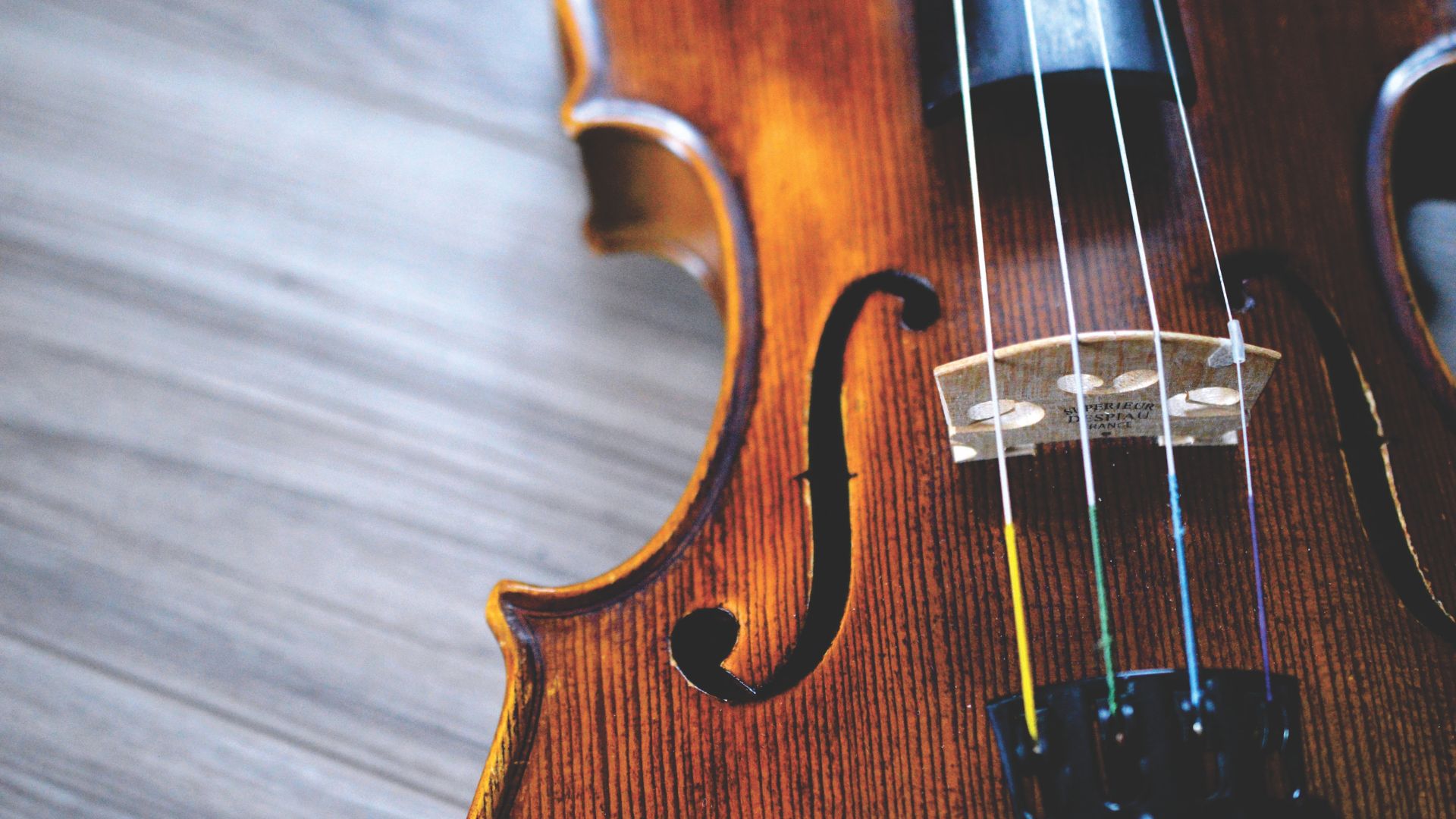The electric violin is a fascinating instrument that combines the beauty of the traditional violin with the possibilities offered by electronics. Learning to play the electric violin can be a rewarding experience, whether you’re already an accomplished musician or just starting out. In this article, we offer a few tips to help you master this unique and versatile instrument.
Choosing the right equipment
There are many models of electric violins and amplifiers on the market, so it’s essential to take the time to research and find the one that best suits your needs and budget. Some factors to consider when buying your first electric violin include :
- Build quality: make sure you choose an instrument that is well-built, solid and comfortable to play.
- Technical features were important look for a violin with features such as a built-in preamplifier and various audio output options.
- Your personal taste: like choosing an acoustic violin, it’s important to find an electric violin whose sound and appearance appeal to you.
When it comes to amplifiers, there are several options suitable for electric violins. Be sure to choose an amplifier designed specifically for stringed instruments, as this will have a significant impact on the final sound.
Familiarize yourself with electric violin techniques
While many of the skills acquired when learning the acoustic violin are transferable to the electric violin, there are also specific techniques to master. Here are just a few of them:
Using amplifier and effects
One of the great advantages of the electric violin is its ability to support a variety of electronic effects to broaden your sound palette. Familiarize yourself with the basic settings of your amplifier, such as gain, tone and volume, and experiment with different combinations to find the sound that suits you. You can also explore the use of external effects such as chorus or delay to add depth and dimension to your playing.
Amplified playing techniques
Playing an electric violin can be different from playing an acoustic violin because of the way electricity amplifies and modifies the sound. It can be useful to work on techniques such as vibrato and glissandi to take full advantage of the extended range offered by the electric violin.
Improvisation and exploration of musical styles
The electric violin lends itself well to a variety of musical genres, including rock, jazz and electronic music. Take the time to immerse yourself in these styles and try playing improvised melodies and solos. This can greatly improve your ease on the instrument and your ability to compose and create music in real time.
Establish a practice routine
The key to progress on any instrument is regular practice. Establish a practice schedule that works for you, whether it’s playing every day for 30 minutes or a few hours each week. Here are some suggestions for structuring your practice sessions :
- Technical exercises : devote time to working on exercises specific to electric violin, such as the scales, arpeggios and amplification techniques discussed earlier.
- Etudes and pieces : learn and play a variety of studies and compositions for electric violin to develop your technique and understanding of different musical styles.
- Improvisation and musical creation : give free rein to your creativity by exploring different musical ideas and improvising with other instruments or backing tracks.
- Critical listening : spend time listening carefully to recordings by great electric violinists to understand their style, phrasing and artistic choices.
Take courses and get involved in the community
It can be very helpful to take electric violin lessons from an experienced teacher. This can help you correct bad habits, develop your technique and learn new musical ideas. Take the time to look for a teacher who has specific experience in teaching electric violin and who shares your musical tastes.
Alongside private lessons, get involved in the electric violin community online or locally. Join forums, Facebook groups and attend workshops to meet other musicians, share tips and stay motivated throughout your musical journey.
Finally, don’t underestimate the importance of playing in a group to progress on the electric violin. Playing with other musicians is one of the best ways to practice the skills you’ve developed and gain valuable performance experience.
Exploring performance opportunities
To really master the electric violin, it’s essential to perform regularly in public. Look for opportunities such as jam sessions and open concerts, where you can play with other musicians and gain confidence on stage. You could also consider joining a local band, or even starting your own to play at local events and venues.+
By applying the advice provided in this article, you’ll be well on your way to learning the electric violin and developing your musical skills. Remember, the key to success is regular practice, patience and a passion for the instrument. Have fun and good luck on your musical adventure!



